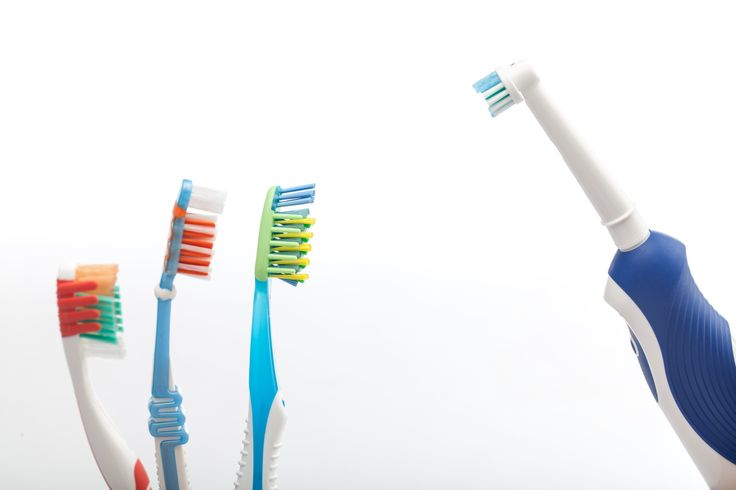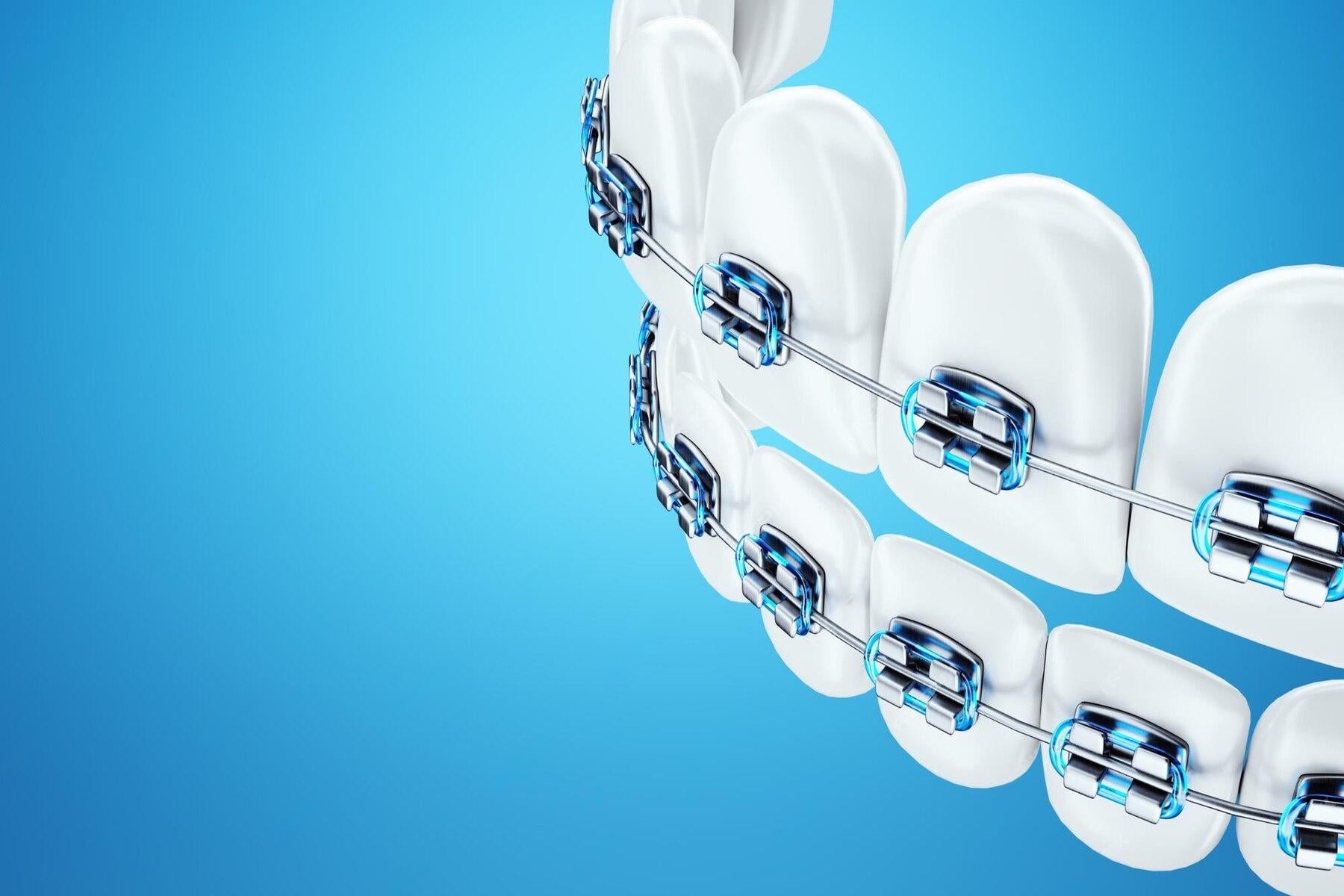Choosing the right toothbrush is essential for effective oral care. Both electric and manual toothbrushes have their advantages, and this guide compares them across several key aspects to help you make an informed decision.
Cleaning EffectivenessElectric Toothbrush: Electric toothbrushes utilize high-frequency vibrations for superior cleaning. Most electric toothbrushes operate at a frequency of 15,000 to 40,000 strokes per minute, significantly higher than manual brushing. This high frequency allows for deeper cleaning in hard-to-reach areas, with studies showing plaque removal rates of up to 99%.
Manual Toothbrush: Manual toothbrushes typically operate at a frequency of about 300 to 600 strokes per minute. The effectiveness largely depends on the user’s technique and pressure. While effective when used properly, the cleaning results can vary based on individual brushing habits.
Ease of UseElectric Toothbrush: Electric toothbrushes often come equipped with built-in timers and multiple cleaning modes, such as gentle, cleaning, and whitening. This feature helps users maintain the recommended brushing duration of 2 minutes and offers tailored cleaning experiences.
Manual Toothbrush: Manual toothbrushes lack automated features, relying solely on the user to control brushing time and pressure. While they are simple and inexpensive, users may struggle to brush for the recommended duration or apply consistent pressure, leading to less effective cleaning.
Gum ProtectionElectric Toothbrush: Designed with user comfort in mind, electric toothbrushes typically have brush heads that move within a safe amplitude range of 2 to 5 mm. This design minimizes the risk of gum irritation while effectively cleaning teeth. The brush head angle is optimized at 10° to 15° to conform to the contours of teeth and gums, reducing unnecessary friction.
Manual Toothbrush: Manual toothbrushes rely on the user’s strength and technique, which can lead to over-brushing and potential gum damage if not used correctly. Poor brushing technique over time can result in gum recession or bleeding.
Target AudienceElectric Toothbrush: Electric toothbrushes are suitable for a wide range of users, particularly those with sensitive gums, orthodontic appliances, or individuals who may struggle with proper brushing techniques. Many models are specifically designed for children, featuring gentler vibration settings to cater to their unique dental needs.
Manual Toothbrush: Manual toothbrushes are ideal for individuals who have good brushing skills and can effectively control the force and duration of their brushing. For those with healthy teeth and gums, a manual toothbrush can be a sufficient choice.
Cost and MaintenanceElectric Toothbrush: While electric toothbrushes tend to have a higher initial cost, ranging from $30 to $250, or even higher, they often come with various features that enhance their effectiveness. Replacement brush heads are typically needed every three months, costing between $5 and $15. Additionally, electric toothbrushes require regular charging or battery replacement, adding to their long-term maintenance costs.
Manual Toothbrush: Manual toothbrushes are much more affordable, usually priced between $1 and $10. They need to be replaced every three months as well, but maintenance is straightforward and inexpensive, without any additional charging or equipment required.
Environmental Considerations
Electric Toothbrush: Due to their electronic components and plastic brush heads, disposal of electric toothbrushes can be more complex, raising environmental concerns. However, many brands are actively working on more sustainable designs, utilizing recyclable materials and offering replaceable heads to minimize waste.
Manual Toothbrush: While manual toothbrushes are made primarily of plastic, they do not contain electronic components, making them easier to dispose of. Nevertheless, the frequency of replacement can lead to significant plastic waste over time. Eco-friendly options, such as bamboo toothbrushes, are becoming increasingly popular, offering a more sustainable alternative.
| Aspect | Electric Toothbrush | Manual Toothbrush |
|---|---|---|
| Cleaning Effectiveness | Utilizes high-frequency vibrations for thorough cleaning | Depends on user technique, results can vary |
| Ease of Use | Features automatic timers and modes for effortless use | Fully manual, requiring self-discipline and consistent effort |
| Gum Protection | Designed to minimize gum irritation through controlled pressure | Higher risk of over-brushing and gum damage if not cautious |
| Cost and Maintenance | Higher upfront cost, but offers enhanced cleaning efficiency | Low cost, easy maintenance |
| Environmental Considerations | More complex disposal process, though sustainability is improving | Easier disposal but contributes to ongoing plastic waste |








Leave a comment
This site is protected by hCaptcha and the hCaptcha Privacy Policy and Terms of Service apply.